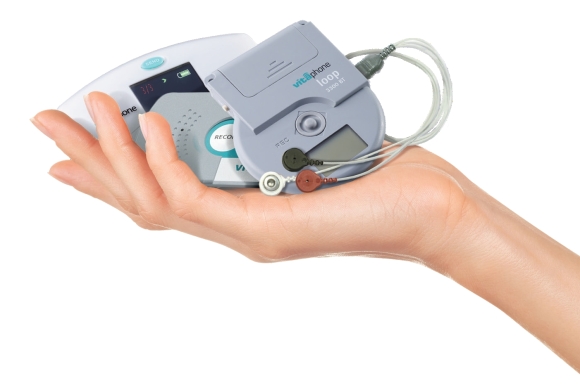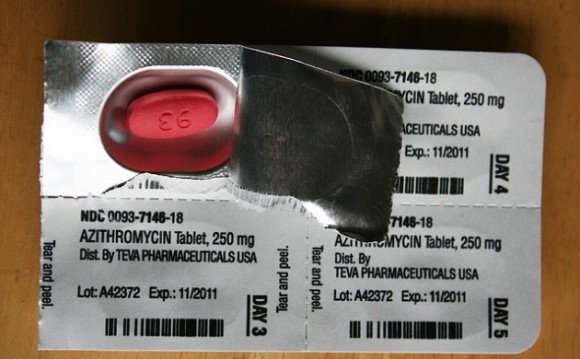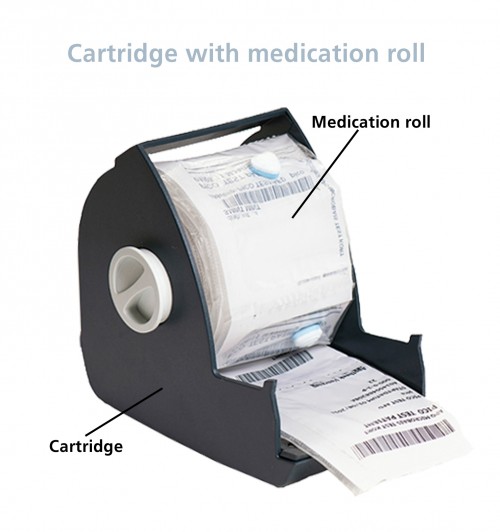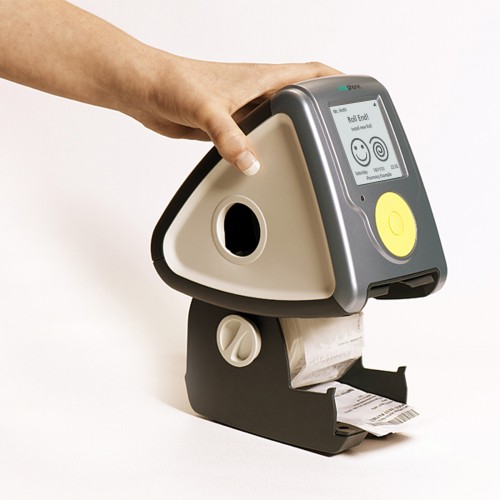A great infographic about prescription drugs in the United States. Some highlights:
- Prescription drugs account for 10 percent of the US health expenditures. Society must ensure that this money will be spent efficiently and effectively. To accomplish this, the level of medication adherence should be improved.
- It’s not enough to register if a prescription is fulfilled. A control if and when medication has been taken by the patient is essential.
- Patients with conditions like diabetes, hypertension and congestive heart failure benefit from taking prescribed medications; saving is $1.200 to $7.800 per patient annually.
- 89.000 deaths prevented by high blood pressure medication.
Conclusion: medication adherence must be optimized. This is possible with a medication adherence support system or a prescription drug monitoring program!
Author: Indy Kavelaars @ Vitaphone Netherlands
Source: Clarityway













